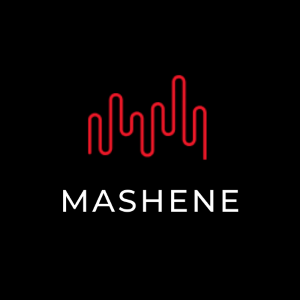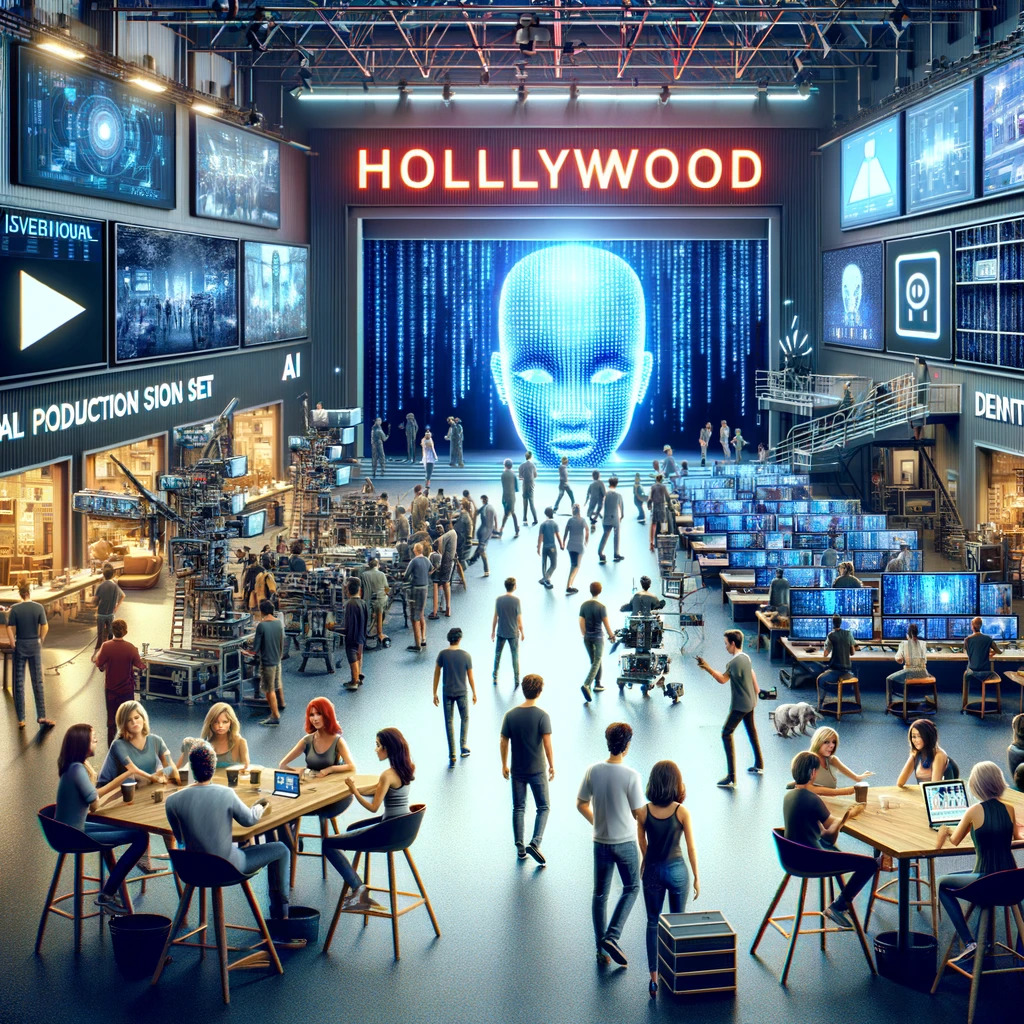The Dawn of AI in Hollywood
As we witness an unprecedented evolution in the filmmaking industry, artificial intelligence (AI) has emerged as a revolutionary force, transforming the way movies and TV shows are created. The recent “AI on the Lot” conference held at the Los Angeles Center Studios highlighted this shift, drawing 850 registrants eager to explore the potential of AI in their creative workflows. This article delves into the myriad ways AI is reshaping Hollywood, providing a comprehensive overview of the tools, techniques, and implications of this technological revolution.
The Rise of AI Tools in Filmmaking
AI’s Impact on Creative Processes
Artificial intelligence has already disrupted various industries, and Hollywood is no exception. AI tools such as Midjourney, Stable Diffusion, and OpenAI’s ChatGPT are now integral to the creative process, offering capabilities that range from generating still images and animating scenes to enhancing video editing and sound design. These tools are not merely augmenting traditional workflows but are redefining them.
Case Studies of AI in Action
Social Media Content and Music Videos
Josie Kaye, a performer and cinematographer, has utilized AI to create social media content and music videos. One notable project involved an improvisational rapper, where AI was instrumental in visualizing complex lyrical content. This example underscores AI’s potential to handle creative tasks that would be otherwise challenging or time-consuming.
Premiere Pro’s AI Enhancements
Adobe’s Premiere Pro has incorporated AI to enhance video editing capabilities. Features like scene extension and automated rough edits are designed to streamline the editing process, allowing creators to focus more on their artistic vision rather than technical details.
AI Startups and Specialized Capabilities
Numerous startups are developing specialized AI tools for the entertainment industry. These tools offer a range of functionalities, from upscaling video resolution and voice cloning to creating sound effects and synchronizing audio with video. The collaborative efforts of these startups are pushing the boundaries of what AI can achieve in filmmaking.
The Integration of AI in Production Workflows
Enhancing Productivity and Creativity
AI is not only about automating tasks but also about enhancing productivity and fostering creativity. By taking over mundane tasks, AI allows filmmakers to concentrate on more creative aspects of their work. This shift is evident in the optimistic outlook shared by many professionals at the “AI on the Lot” conference.
Practical Applications in Filmmaking
Virtual Production
The conference featured numerous discussions and demonstrations on the use of AI in virtual production. These techniques enable filmmakers to create immersive environments and complex scenes with greater efficiency and realism.
AI in Animation
Renard Jenkins, a keynote speaker at the conference, highlighted the transformative impact of AI on 2D and 3D animation. Tools like Sora.ai, which create realistic animations, are continually improving, offering filmmakers new possibilities for visual storytelling.
Challenges and Concerns
Despite the enthusiasm, the integration of AI in filmmaking is not without its challenges. Concerns about job displacement and the loss of creative collaboration were prominent themes at the conference. Filmmakers like David Slade have expressed unease about the potential erosion of the collaborative process that has historically driven Hollywood’s success.
The Future of AI in Hollywood
Evolving Tools and Techniques
As AI tools become more sophisticated, their applications in filmmaking will continue to expand. Future developments are likely to focus on improving the realism and efficiency of AI-generated content, making these tools even more indispensable in the creative process.
Balancing Innovation and Tradition
The challenge for Hollywood will be to balance the innovative potential of AI with the traditional elements of filmmaking that rely on human creativity and collaboration. Ensuring that AI serves as a complement rather than a replacement for human talent will be crucial in this transition.
Recommendations for Filmmakers
To fully leverage AI’s potential, filmmakers should:
- Embrace Continuous Learning: Stay updated on the latest AI tools and techniques to integrate them effectively into their workflows.
- Foster Collaboration: Use AI to enhance, not replace, collaborative processes, ensuring that the human touch remains central to filmmaking.
- Experiment and Innovate: Experiment with different AI tools to discover new creative possibilities and innovate in ways that were previously unimaginable.
The Machines Are Taking Over
The integration of AI in Hollywood marks a new era in filmmaking, characterized by enhanced productivity, creativity, and innovation. While challenges remain, the potential benefits of AI far outweigh the drawbacks. As the industry continues to evolve, embracing AI will be key to staying competitive and pushing the boundaries of what is possible in film and television production.
This diagram illustrates the transition from traditional filmmaking to AI-enhanced filmmaking, highlighting the key benefits and new creative possibilities enabled by AI.


